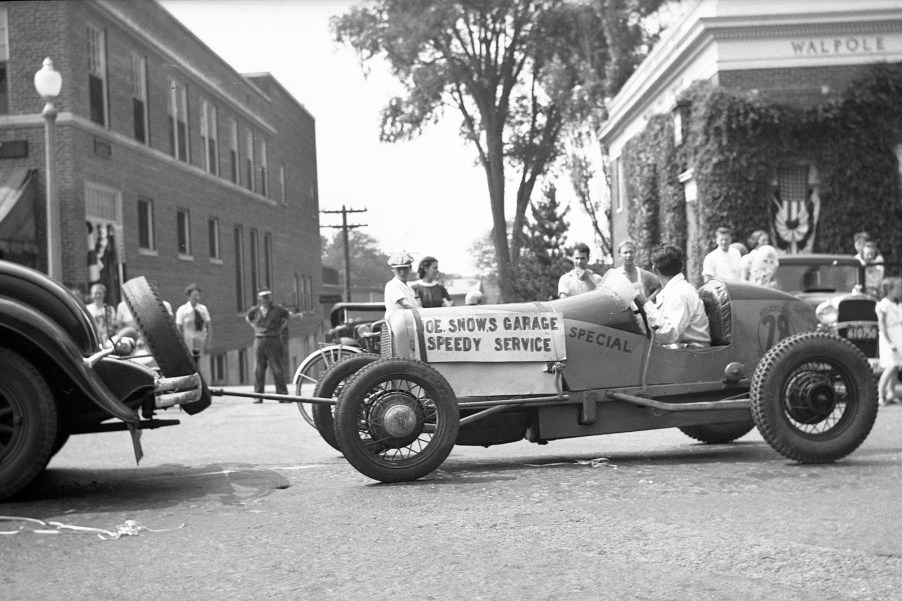
Can You Legally Tow a Car With a Rope or Chain?
If you ever find yourself stuck in the middle of the road with a vehicle that won’t budge, the most sensible option would be to tow your car to a safe location or a mechanic for repairs. Depending on the situation, you could hire a professional or do it yourself. Although towing a car yourself isn’t advisable, it might be your only option in some instances.
Nevertheless, there’s a right and a wrong way to go about it. Though using a chain or a rope might seem sensible in an emergency, it shouldn’t be your first choice. Because of car safety reasons, you shouldn’t use a rope or chain to tow your vehicle.
State laws governing the use of a rope or chain instead of a tow hitch

Using a rope or chain to tow your car was once legal and still is now in some areas, but not on freeways. According to AMR Auto Repair & Towing, most states allow the use of a rope or a chain for towing, provided that you use the right tools follow the recommended guidelines. But when you don’t follow the safe practices for towing, it can pose a risk to you and those around you — and you may be held accountable by law. Therefore, many states have made it illegal to use a chain or rope for towing on freeways.
Nevertheless, according to AAA, some states still legalize using a rope or chain to tow vehicles. Examples are Delaware, Mississippi, New Mexico, Arizona, Florida, and Louisiana. Always check state laws to find out whether additional guidelines are required. Also, establish whether a specific color of cloth or sign is needed while towing.
Why tow hitches are safer than chains and ropes
Ropes snap, and chains break. Most are not strong enough to handle the weight of a vehicle. Although chains are stronger and more durable than ropes, they are still not safe for towing. They lack the flexibility for the various pull directions and tensions involved in towing.
On the other hand, you can adjust a tow hitch to accommodate various applications and accessories. With an adjustable hitch, you can move the tow ball up and down rather than being stuck in one position.
Other safe uses for tow hitches
Tow hitches are versatile. In addition to pulling vehicles, they also have many other lesser-known uses. They vary in functionality and practical application. Because it’s easy to fit most vehicles with a trailer hitch, there is an increased opportunity for expanded functionality. Like any big purchase, you hope to get the most out of your investment, and a tow hitch is no different. Here are a few alternative uses for tow hitches:
- Cargo management: A cargo carrier is ideal for carrying various items, such as camping gear, sporting equipment, and tools.
- Bike rack base: Attaching a bike rack to a tow hitch helps you free up space in your vehicle’s cargo area.
- Trailer hitch hammock: This allows you to set up a hammock for reading or relaxation on the go.
- Superbumper: When you’re not towing, you can put your hitch to better use with a superbumper. It protects you and your family from injury in case of a rear-end collision.
The bottom line
Self-towing, when done the right way, comes in handy in desperate situations. However, it’s important to remember that improper towing can not only damage your vehicle but also pose a danger to other motorists. Professional towing companies have many years of experience, knowledge, and the required tools to do the job safely. By contrast, using inexperienced people is a high-risk activity. But if you really must do it yourself, you’re safer using a tow hitch instead of a rope or chain.


